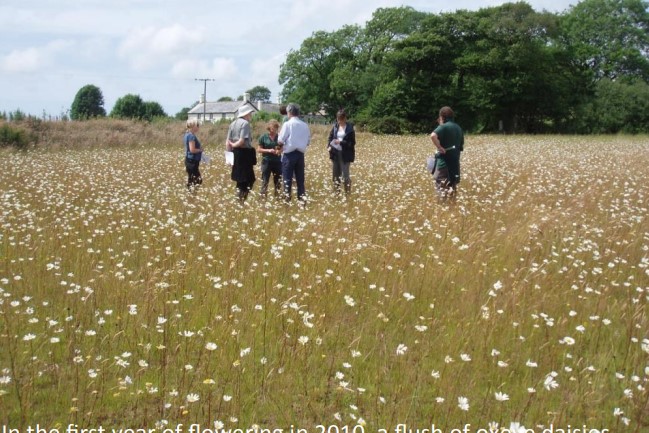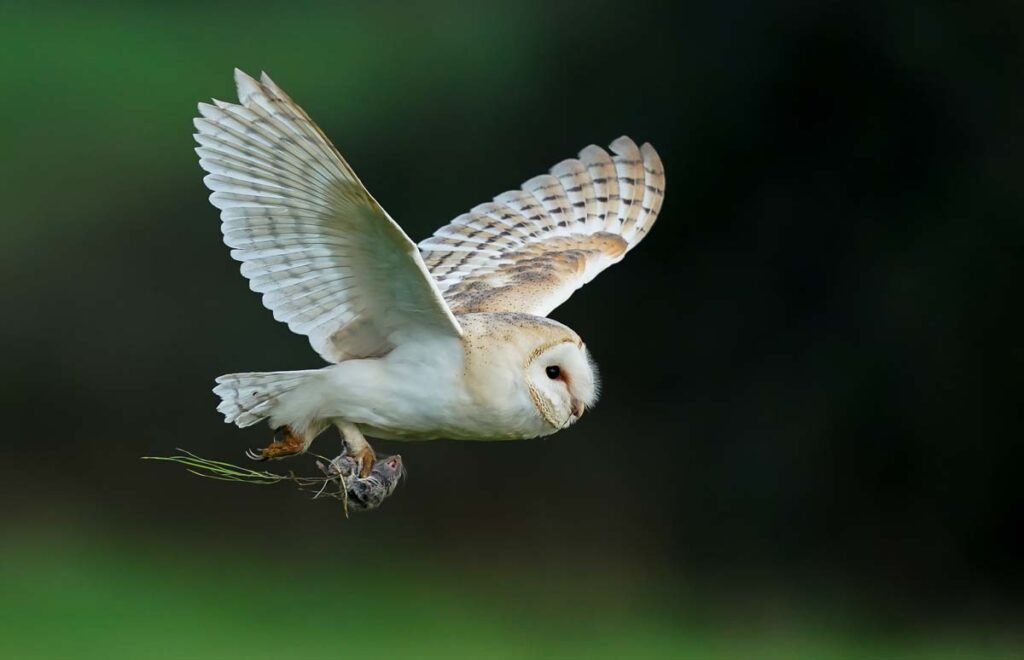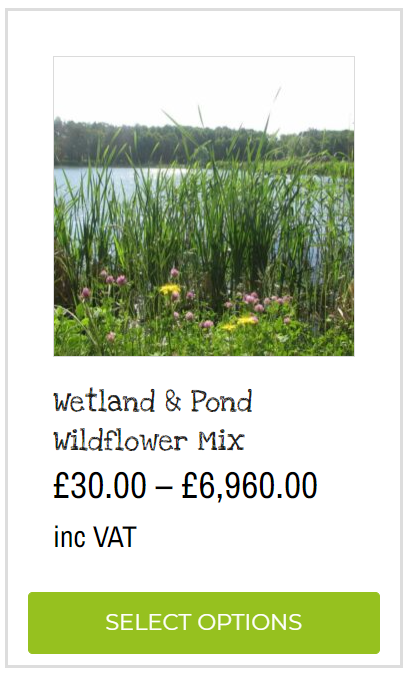Exploring the Enchanting World of Wildflowers in UK Wetlands and Pond Environments
Wetlands and pond environments in the UK are biodiverse habitats and serve as vital ecosystems supporting many plant and animal species. Among the most captivating elements of these landscapes are the wildflowers that adorn them, adding bursts of colour and life to the serene waterscapes. This article delves into the fascinating realm of wildflowers thriving in UK wetlands and ponds, examining their importance, adaptations, conservation, and the role of locally sourced seeds in preserving their beauty.
Introduction to UK Wetlands and Pond Ecosystems
Wetlands and pond ecosystems in the UK are diverse and dynamic habitats, encompassing marshes, swamps, bogs, and fens. These environments are characterised by their abundant water presence, which supports a rich variety of plant and animal life. Wetlands and ponds are vital ecological reservoirs, playing essential roles in flood regulation, water purification, and carbon sequestration. They provide valuable habitats for numerous species and are integral to the landscape’s overall health.
The Importance of Wildflowers in Wetland and Pond Habitats
Wildflowers play a pivotal role in wetland and pond habitats, serving as linchpins of biodiversity and ecosystem stability. Their vibrant blooms attract pollinators, ensuring the reproduction of countless plant species. Additionally, wildflowers provide essential food and habitat for many wildlife, from insects to birds and amphibians. These plants also contribute to soil stability, preventing erosion and maintaining the integrity of wetland ecosystems. Moreover, wildflowers enhance the overall health and resilience of these vital habitats by filtering pollutants and improving water quality, underscoring their indispensable ecological significance.
The Iconic Wildflowers Found in UK Wetlands
UK wetlands are adorned with a captivating array of iconic wildflowers, each adding a unique charm to these picturesque landscapes. Among them, the Purple Loosestrife (Lythrum salicaria) stands tall with its striking purple spikes, while the Marsh Marigold (Caltha palustris) carpets the wet ground with its vibrant yellow blooms. Delicate Water Forget-me-nots (Myosotis scorpioides) add touches of blue along the water’s edge, creating a serene ambience. These wildflowers and many others, like the Yellow Flag Iris (Iris pseudacorus) and the Bogbean (Menyanthes trifoliata), contribute to UK wetlands’ unparalleled beauty and biodiversity.

The Adaptations of Wildflowers to Wetland and Pond Environments
Wildflowers in wetland and pond environments showcase remarkable adaptations to thrive in their watery habitats. Their root systems are specialised to withstand waterlogging, with some species developing pneumatophores or aerial roots to access oxygen in saturated soils. Additionally, many wildflowers have buoyant seeds or fruits, allowing them to disperse across water surfaces for colonisation. Some species, like the Water Lily (Nymphaea spp.), have leaves with waxy coatings to repel water, preventing them from becoming waterlogged. These adaptations enable wildflowers to flourish amidst the challenges of fluctuating water levels and anaerobic conditions, ensuring their survival in these dynamic ecosystems.
The Conservation Efforts and Challenges Facing Wildflower Populations
Conserving wildflower populations in wetlands and ponds is fraught with challenges. Habitat loss due to urbanisation and agricultural expansion threatens many species, while pollution from farm runoff and urban waste disrupts fragile ecosystems. Invasive species outcompete native wildflowers for resources, further exacerbating the problem.
Climate change presents additional hurdles, altering precipitation patterns and temperatures, disrupting flowering cycles, and exacerbating habitat loss.

Conservation efforts focus on habitat restoration, invasive species management, and public education to raise awareness of the importance of wildflowers in maintaining healthy wetland ecosystems. However, addressing these multifaceted challenges requires collaborative efforts and sustained commitment from governments, conservation organisations, and local communities.
The Role of Wildflowers in Supporting Biodiversity in Wetland Ecosystems
Wildflowers in wetland ecosystems play a crucial role in supporting biodiversity by providing essential resources for various organisms. These vibrant blooms attract pollinators such as bees, butterflies, and birds, facilitating the reproduction of numerous plant species.

Additionally, wildflowers offer food and habitat for various insects, amphibians, and small mammals, forming intricate food webs within wetland habitats.
By supporting diverse plant and animal communities, wildflowers contribute to the overall resilience and stability of wetland ecosystems, highlighting their significance in maintaining the health and balance of these vital environments.
How Climate Change Affects Wildflowers in Wetlands and Ponds
Climate change poses significant challenges to wildflowers in wetlands and ponds, altering their habitats and life cycles. Rising temperatures and changing precipitation patterns can disrupt flowering times, impacting pollination dynamics and the availability of resources for wildflowers. Extreme weather events like droughts or floods can also directly damage or destroy wildflower populations. Furthermore, shifts in temperature and rainfall patterns may favour invasive species over native wildflowers, leading to further loss of biodiversity. Addressing climate change through mitigation and adaptation strategies is crucial to safeguarding the future of wildflowers in wetland and pond ecosystems.
Some Practical Tips for Observing and Appreciating Wildflowers in Wetland Areas
Observing and appreciating wildflowers in wetland areas can be a rewarding experience with some practical tips in mind. Firstly, stick to designated trails and paths to avoid damaging delicate habitats. Bring a field guide or smartphone app to help identify different species and learn about their characteristics. Be respectful of wildlife and refrain from picking or disturbing wildflowers. Binoculars and cameras can enhance your observation experience without disturbing plants or animals. Lastly, consider visiting wetlands during different seasons to witness the changing blooms and diverse wildlife that depend on these vibrant ecosystems.
The Benefits of Locally Sourced Seeds and Wildflower Products
Companies like Wildahome offer a range of seed mixes and mats designed explicitly for wetland and pond environments. By using locally sourced seeds, these products promote biodiversity, support native plant communities, and enhance habitat restoration efforts. Additionally, Wildahome’s commitment to sustainability ensures that its products are environmentally friendly and contribute to the conservation of wildflower populations.
Conclusion
In conclusion, wildflowers in UK wetlands and pond environments are aesthetically pleasing and essential to these valuable ecosystems. Wildflowers contribute to wetland habitats’ beauty, stability, and resilience through their adaptations, diversity, and ecological roles.
However, their conservation requires concerted efforts to address threats and promote sustainable management practices. By appreciating and protecting wildflowers in wetlands and ponds, we can safeguard these precious landscapes for future generations.



